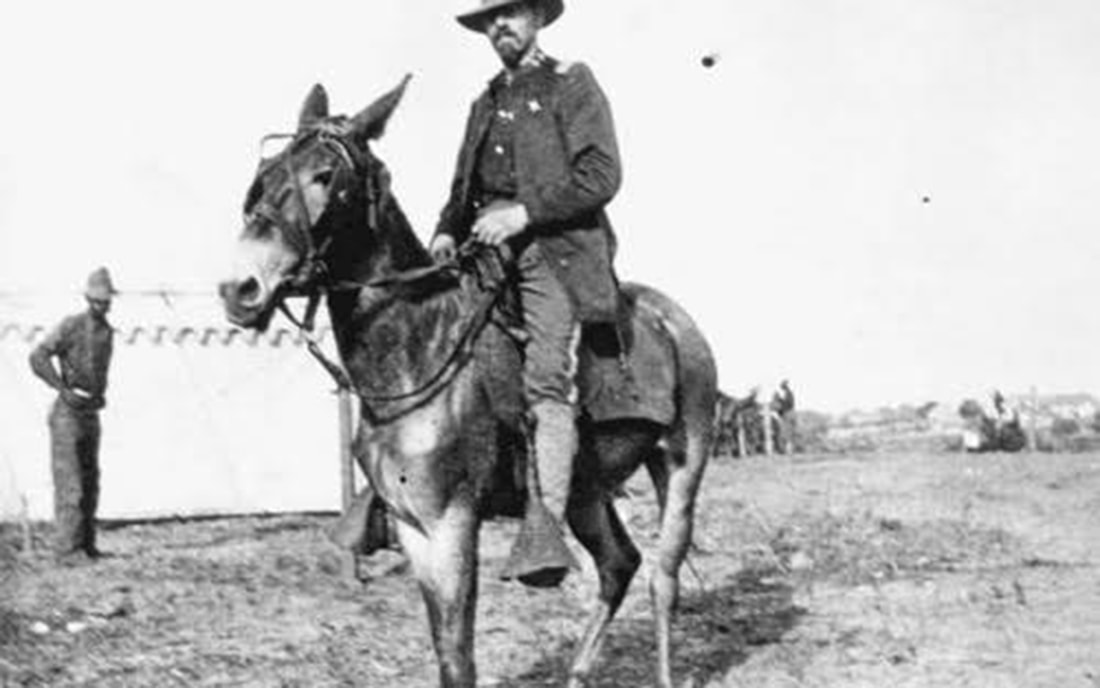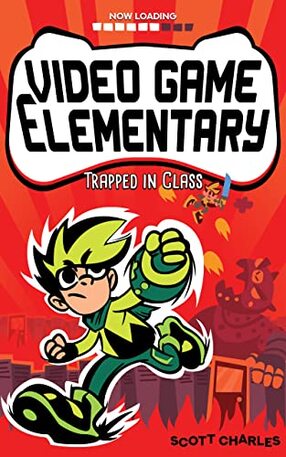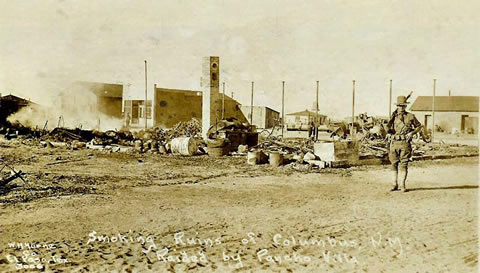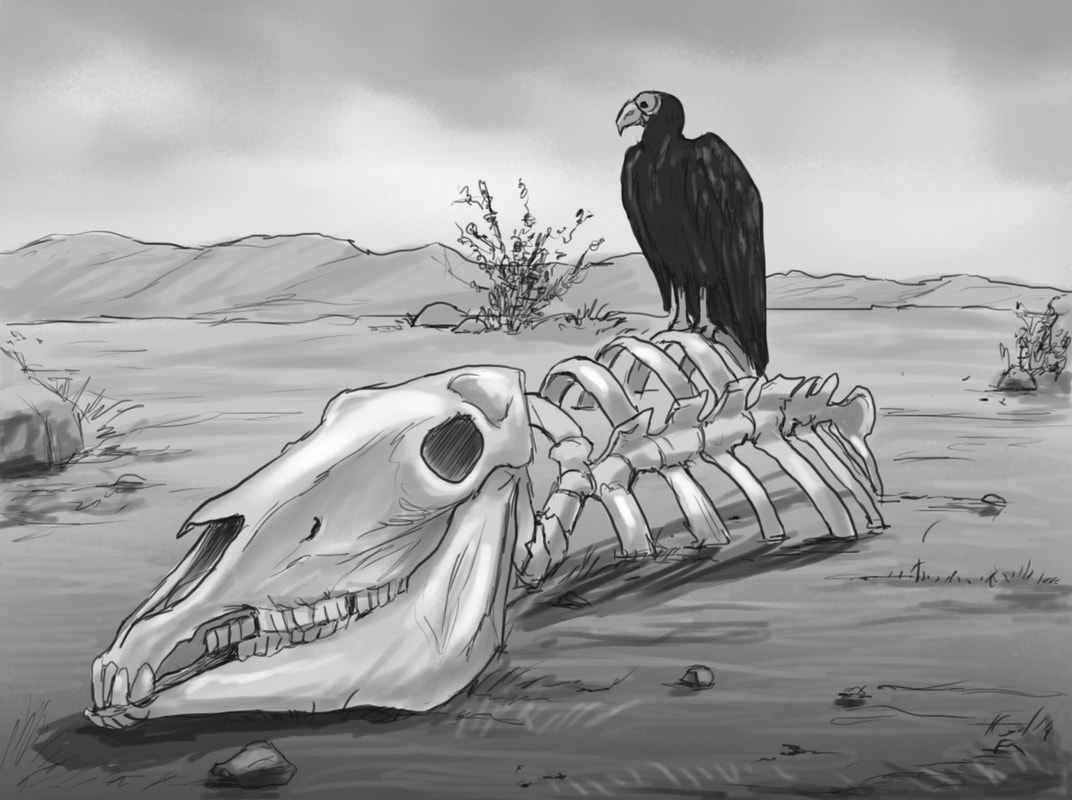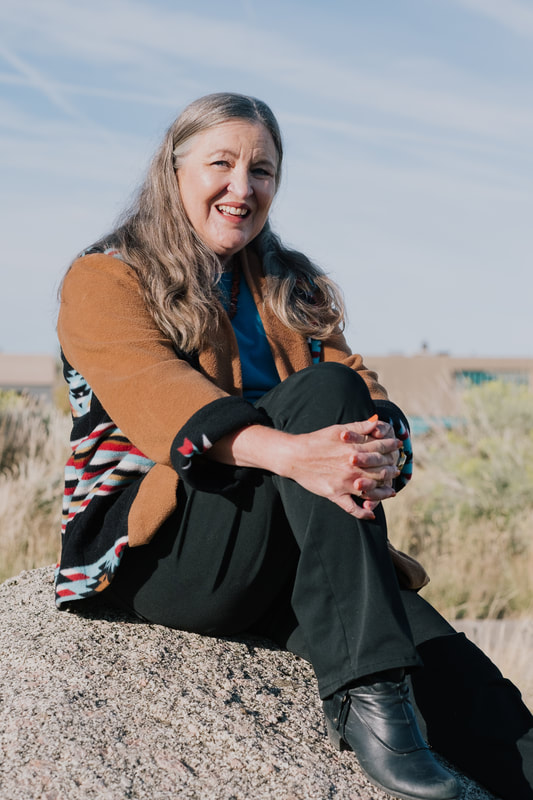 The youngest reenactor at Glorieta. His father told me that this was his first encampment.
The youngest reenactor at Glorieta. His father told me that this was his first encampment. The weekend was pretty low key. A group of Union reenactors attended. They put up tents and spend the night. No Confederate reenactors were there.
I was walking up from the parking lot when I heard gun fire. The reenactors gave some black powder displays, but there was no reenactment of the battle. The one and only artillery piece, a mountain howitzer, was going to be fired at noon, but I didn't stay around long enough to hear it.
 Fort Union's Mountain Howitzer
Fort Union's Mountain Howitzer 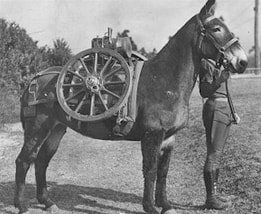 A mule carrying cannon wheels.
A mule carrying cannon wheels. .Although mountain howitzers provided artillery support for mobile military forces ion the move through rugged country, their shorter range made them unsuitable for dueling with other heavier field artillery weapons. They were replaced by other guns by the 1870s.

Where Duty Calls, the first in a trilogy of novels set in New Mexico during the Civil War, will be published by Kinkajou Press, a division of Artemesia Publishing, in June 2022 and is available for preorder from Amazon or Bookshop.
For class sets or other bulk orders, contact Artemesia Publishing. A teacher's guide will be available this summer from the publisher.






